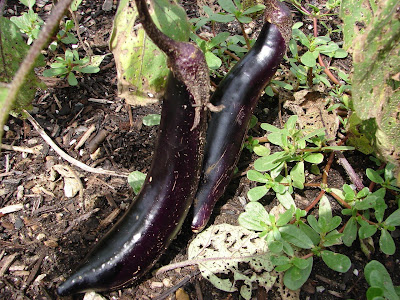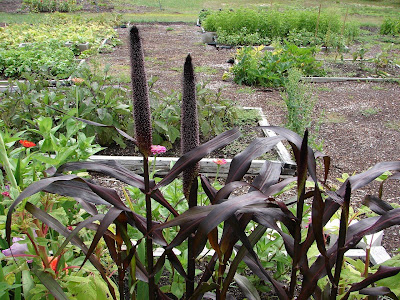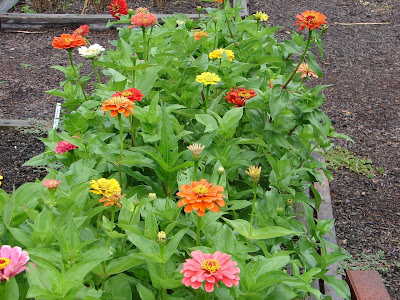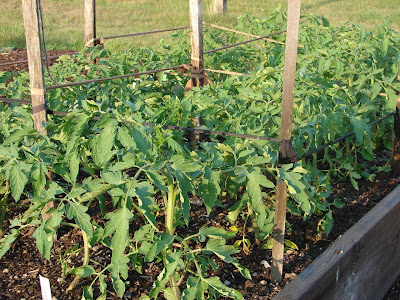Lilac being moved to its new home.
Lilac in its new home
Fall is a great time to move plants to new locations. The trees are starting to go dormant as are shrubs so you will not disturb their growing cycle. And, if you plant them in the fall, it gives them a head start on the spring growing season. Make sure you water them in well during the day and give them a good layer of mulch so the roots won't freeze.
Today is likely one of the last 60 degree days at One Love Farm. Karen and I moved several small plants like hosta and asilbe to make room for some lilacs. We have had these lilacs since friends of ours gave them to us 12 years ago (maybe even longer than that!). They moved with us from Warwick to Hope Valley. For the last six years we have been trying to coax them along in an area of the front yard. But, no matter what we did, they would not thrive. They didn't die, they just didn't do as well as I knew they could. In fact, some of their siblings were planted at Karen's mom's house where they thrived, growing eight feet tall or more and blooming like crazy in the spring. The original lilacs in Warwick are doing well, also, growing to over 12 feet in height. So today we moved three lilacs to the back of the house. There they will get very warm morning sun and be against a wall that will radiate heat at night. In addition, the wall will help protect the lilacs from the hard winds we get during the cold weather months.




























